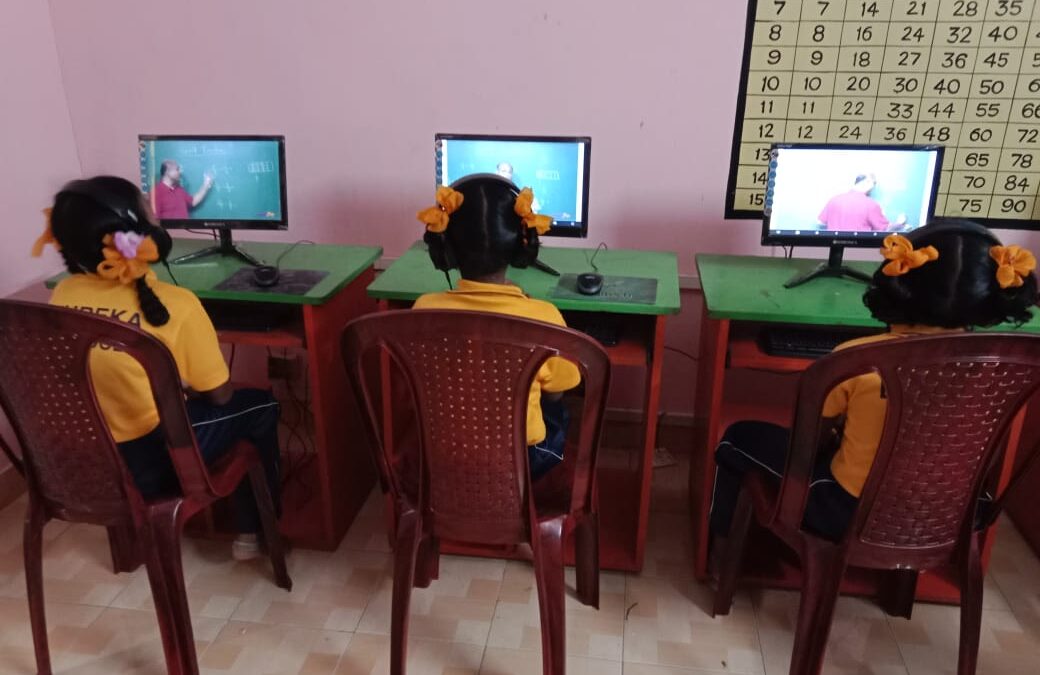The statement holds true even today. As the majority of our population resides in the rural parts, hence it becomes utmost important to fortify our villages. From talking about strengthening infrastructure, construction of pukka houses, providing sanitation facilities, electricity and water, now, the debate has moved to a new level to digitize the rural parts of India. This is indeed a dynamic shift, as in the past few years we have witnessed a holistic transformation in the development of rural India.
Rural India is anticipated to bound urban India and constitutes nearly half of all Indian Internet users by 2020. As per market research, driven by rapid Internet growth in rural areas, India’s Internet users are estimated to register double-digit growth to reach 627 million in 2019. The report also mentions that of the total user base of 493 million Indians, approximately 293 million active internet users reside in urban India, while the other 200 million active users are in rural India. Here, people are heavily adopting the digital practices and the figures clearly show that rural India has registered 35% growth in Internet users over the past year.
Growing digitization can streamline multiple things and can also simplify the lives of people staying in the villages. Proper digitization can fulfill the needs of rural India such as e-governance services, banking, and financial services, educational and healthcare services, mobile/DTH recharge, e-ticketing services, online shopping, and so on.
We have covered a long journey but still, there is so much left to cover. There is still a huge room for development when we talk about 100 percent digitization of rural India. This can be easily achieved when we have proper devices and Internet connectivity for rural people. The ‘brick and click’ centers play a crucial role and act as one-stop digital channels providing both government and business services to rural citizens. Here, in rural areas, people are not so well versed with the usage of computers. They only know the basics and usually, try to avoid getting in too deep.
Because of their limited knowledge regarding computers, they also restrict themselves from downloading too many software. They only need computers to fulfill their basics requirements and make their lives a little easy.
Considering the scope of growth and chalking out unnecessary costs, the usage of computers specifically made to operate in rural conditions is advisable. A rural computer is designed to work in erratic power conditions, where heat and dust are high, and user knowledge and experience with computers is low. The hardware and software in a rural computer should fail less often because the cost of servicing a computer in a rural areas is much higher than in an urban location where technical manpower is abundant.
Today, there are many companies that are manufacturing computers for the rural market, Thinvent being one such company. They provide rugged hardware and secure firmware, coupled with cloud-based software solutions. Their systems are designed and built keeping in mind the end-to-end systems for customers. So be it schools, government agencies, banks or hospitals, to make rural life easy and convenient to start installing rural computers.


